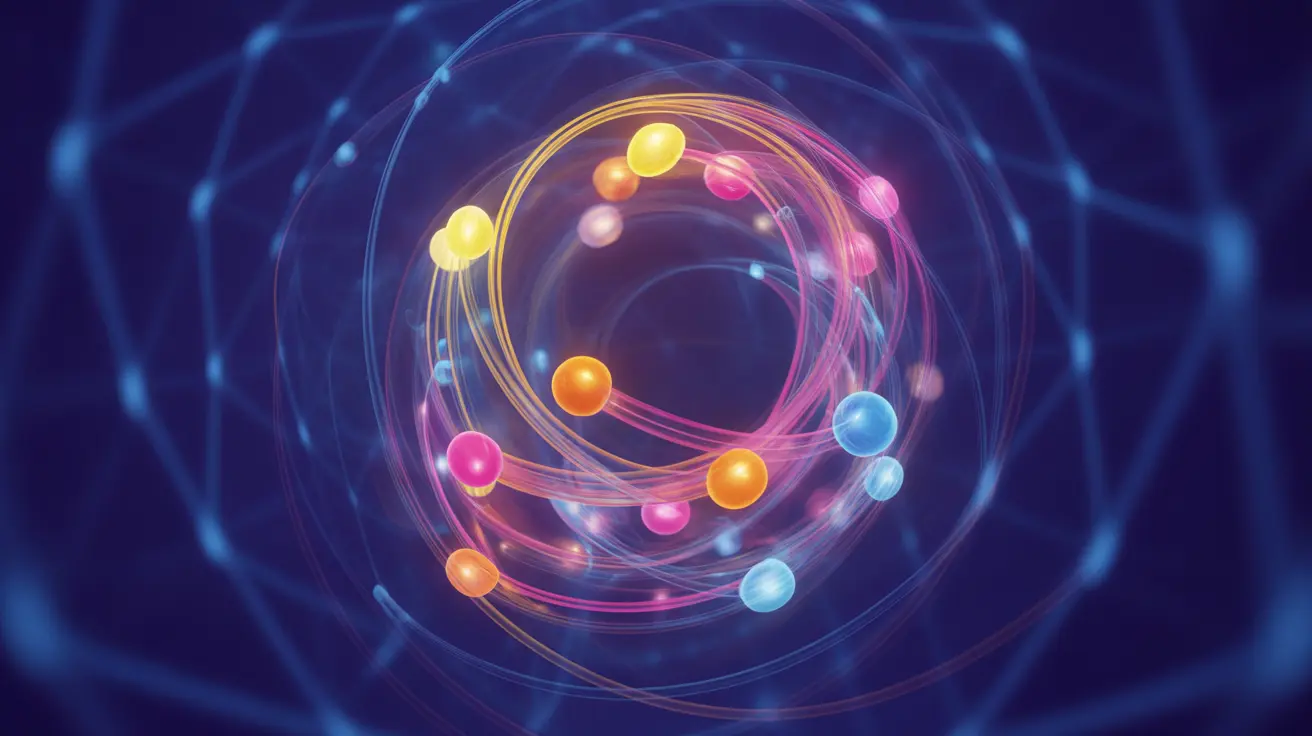Extroversion is a fundamental personality trait that shapes how individuals interact with the world around them. Understanding what an extrovert is and how this personality type manifests can help people better comprehend their own social tendencies and those of others. This comprehensive guide explores the key characteristics of extroversion and its impact on daily life.
Defining Extroversion and Its Core Characteristics
An extrovert is someone who gains energy and feels most alive when interacting with others and engaging in social activities. These individuals typically demonstrate outgoing behavior, seek social stimulation, and process their thoughts and feelings through external expression rather than internal reflection.
Key characteristics of extroverted personalities include:
- Strong desire for social interaction
- Preference for group activities over solitary pursuits
- Tendency to think out loud and process thoughts externally
- Quick to initiate conversations and make new connections
- Energy levels that increase with social engagement
The Social Nature of Extroverts
Extroverts thrive in social environments and often seek out opportunities for interaction. They typically feel energized after attending parties, group activities, or social gatherings, unlike their introverted counterparts who might find such events draining.
Communication Style
Extroverts generally exhibit distinct communication patterns:
- Speaking confidently and readily in group settings
- Enjoying small talk and casual conversations
- Expressing thoughts and emotions openly
- Preferring face-to-face interactions over written communication
- Demonstrating enthusiasm in social situations
Professional and Personal Advantages
The extroverted personality type often brings numerous benefits in both professional and personal spheres. In the workplace, extroverts typically excel at:
- Networking and relationship building
- Public speaking and presentations
- Team leadership and collaboration
- Sales and customer-facing roles
- Group problem-solving sessions
Understanding the Extrovert-Introvert Spectrum
While many people identify strongly as either extroverts or introverts, personality traits often exist on a spectrum. This understanding has led to the recognition of ambiverts – individuals who display both extroverted and introverted tendencies depending on the situation and context.
The Energy Exchange
One of the most distinctive features of extroversion is how these individuals manage and replenish their energy. Unlike introverts who recharge through solitude, extroverts typically:
- Gain energy through social interaction
- Feel motivated by external stimulation
- Become more productive in group settings
- Experience increased enthusiasm in social situations
- Seek out activities involving others when feeling low
Frequently Asked Questions
What is an extrovert and what are the main personality traits that define extroversion?
An extrovert is someone who gains energy from social interactions and external stimulation. The main personality traits include sociability, outgoing behavior, enthusiasm for group activities, external processing of thoughts, and a preference for verbal communication.
How do extroverts differ from introverts in terms of social behavior and energy levels?
Extroverts gain energy from social interactions while introverts become drained by them. Extroverts tend to seek out social situations, speak more readily in groups, and process information externally, whereas introverts prefer solitude, careful reflection, and internal processing.
What are the advantages of being an extrovert in social and work environments?
Extroverts often excel in networking, team leadership, public speaking, and relationship building. Their natural sociability can lead to stronger professional connections, easier adaptation to team environments, and success in roles requiring frequent interpersonal interaction.
Can someone be both an extrovert and an introvert, and what does being an ambivert mean?
Yes, many people exhibit both extroverted and introverted traits. These individuals are called ambiverts, and they can adapt their behavior based on the situation, drawing energy from both social interaction and solitude as needed.
How do extroverts typically recharge their energy compared to introverts?
Extroverts typically recharge their energy through social interaction, group activities, and external stimulation. This contrasts with introverts, who replenish their energy through quiet time, solitude, and minimal social interaction.




